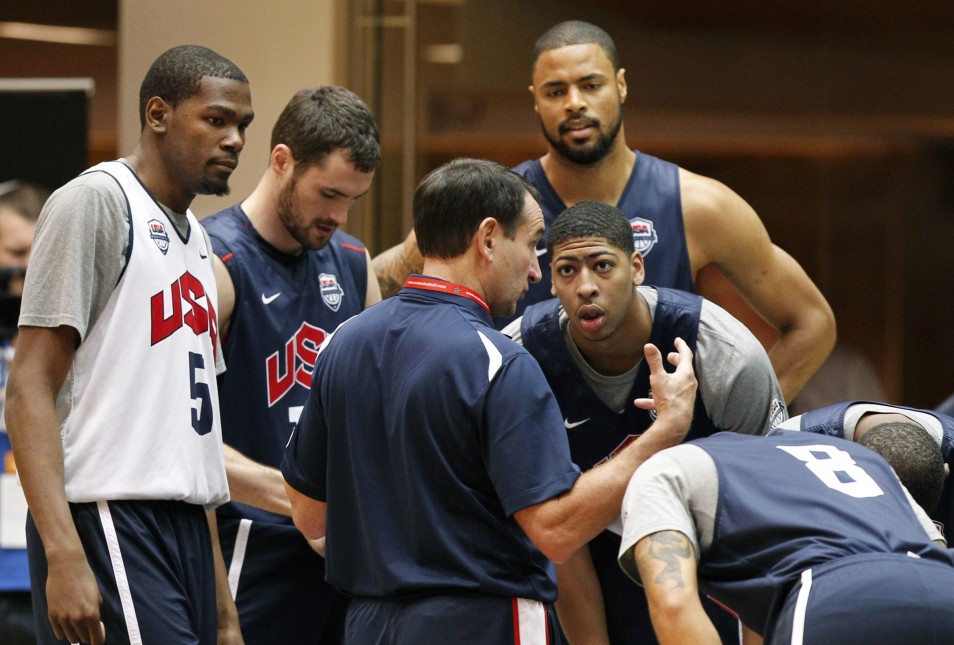
There are a lot of different styles of coaching/teaching. How aware are you of your communication style when you coach?
Take a look at the chart below and personally assess your communication style. Where would you place yourself on this spectrum?
Coaching Communication Styles

In having the opportunity to coach coaches over the years, I’ve found that use of questions is the most difficult for coaches to incorporate. Often, the only technique used is the “tell and repeat” approach.
The truly great teacher-coaches move seamlessly between the different types of communication: tell & repeat, question & listen; and, collaborate. This is the art of coaching rather than a science.
None of the styles above, when examined in isolation, is better or worse than the other, necessarily. The challenge is when the only communication tool you have as a coach in your arsenal is one – especially if that one tool is the tell and repeat… tell and repeat… tell and repeat… tell… (You get my drift. It gets tired after a while. Now, imagine how your athletes feel after 4-months of that!).
Having a chance the opportunity to watch Mike Krzyzewski in live action this past week, I was so thoroughly impressed with who is is as a communicator. Truly masterful teacher.
He moved skillfully and intuitively between the different styles. And, at two separate points in the practice, he stopped the group to ask an athlete this one, very powerful question: “How do you feel right now?”
1st Ask:
- Athlete Response: “Great.”
- Coach K (emphatic retort): “Hey… [@$%*!] great!”
2nd Ask (toward the end of practice):
- Athlete Response: “Tired.”
- Coach K: ‘Tired… you look it. Don’t underestimate the importance of being in shape. Not just physically, but mentally in shape. When you step on this court you have to be ready to bust your *ss out there.’ [SB: He then went on to briefly speak to each athlete’s approach to every possession.]
Two different athlete responses both ending with the athletes feeling good about themselves. You could see a demonstrable increased commitment in the task at hand on their subsequent reps.
There’s a time for telling. A time for questioning. And, a time to collaborate.
Become a master communicator and you’ll be well rewarded with how much more you’ll be able to yield from your athletes.
/sef.
I’m a huuuuuge fan of Coach K and his style of communicating with – and loving on – his players. He values the human connection as a means of unlocking an athlete’s potential. Recently, Academy of Achievement featured Krzyzewski in their What It Takes podcast:
“The relationships I’ve had with my players is the most important thing. I’m selfish about this. I want to know that I’ve had a positive impact on that young man’s life. But I also want him to know, that he has an impact on my life.
Relationships are confused at times. I think coaching is confused at times, that coaching is an arrow that only goes to a player. Those players send arrows back to you. And, that’s where a relationship is developed.”
—Mike (Coach K) Krzyzewski